A new era for Hong Kong's Tsim Sha Tsui
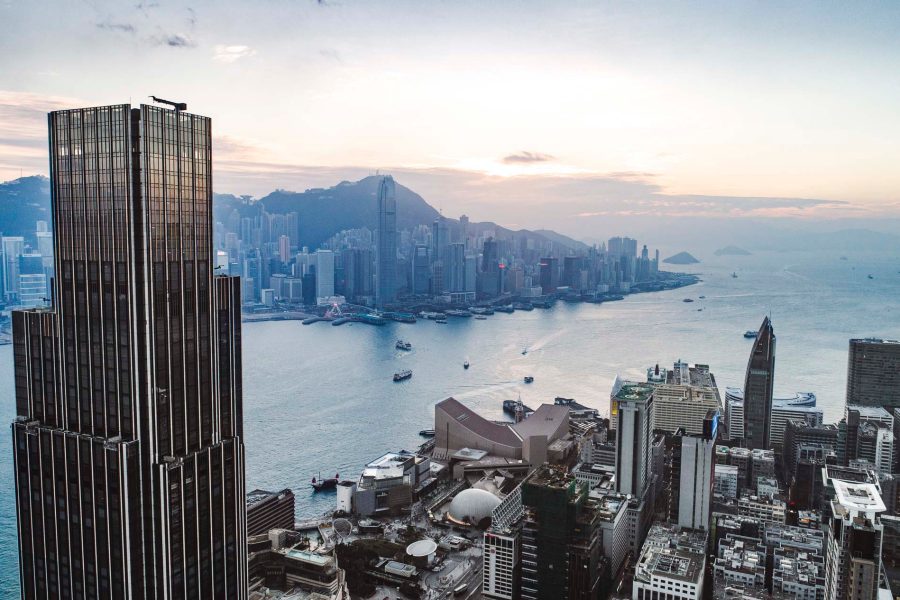
McDull – Hong Kong’s much-loved ditsy cartoon piglet – may seem an unlikely icon for the winds of change blowing through Tsim Sha Tsui and beyond this year. But his statue takes pride of place on the waterfront's revamped Avenue of Stars, facing off with chanteuse Anita Mui and kung fu phenomenon Bruce Lee.
The trio are complemented by handprints and nameplates paying tribute to more than 100 other luminaries of the city’s film industry – the hero image if you will of all things newly bright and beautiful at the tip of the Kowloon peninsula, which has long played second fiddle to smarter, flusher, snootier Hong Kong Island. As the old adage runs: ‘There are two sorts of people in Hong Kong – those who live on the Island, and everybody else.’ But come 2019, Tsim Sha Tsui – which translates as ‘sharp sandspit’ – is upping its game.
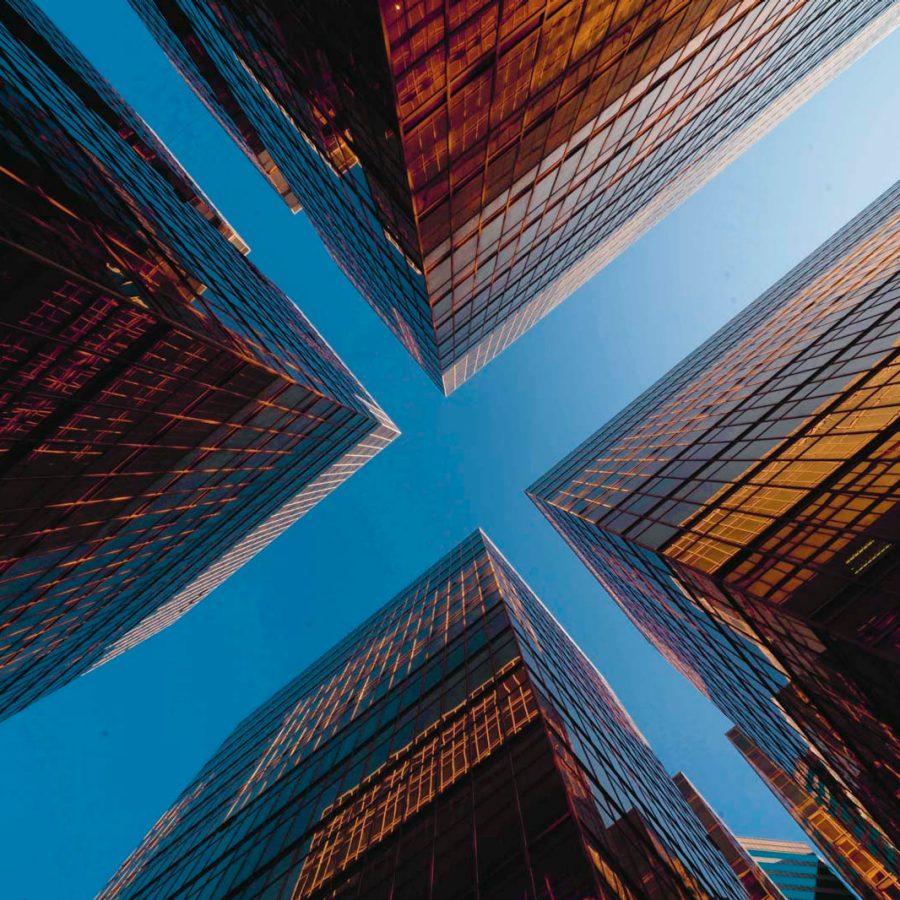
Credit: Derry Ainsworth
The regeneration can be traced back to the closure of the inner-city airport at Kai Tak in 1998, when aircraft stopped flying overhead and building-height restrictions were relaxed. Still further back, in 1971 jewellery tycoon Cheng Yu-tung bought what was then called Holt’s Wharf for a mere HK$131 million, turning it into the city’s first mixed-use development. Over four decades later, his grandson Adrian Cheng has gone one better, renaming the site Victoria Dockside and stocking it – at a cost of US$2.6 billion – with an office tower and a five-star hotel, serviced apartments and a mall that imaginatively splices retail with museum-style exhibits.
So far, so bling. But breeze into the office lobby of K11 Atelier and rather than marble, the walls are covered in hefty timber piles salvaged from piers around the world; the concierges sport trim fedoras and a debonair mien; and a delicate coconut and vanilla fragrance – a favourite of Adrian Cheng’s – fills the air. Art works by Qin Feng, Nick Mauss and Alexander Tovborg dot the public spaces, while staff from Mizuho and and Taipei Fubon banks, two early tenants, can join cultural programmes curated by the property. It’s a long way from the traditional humdrum office block.
Cheng, who’s described Victoria Dockside as a ‘game-changer’, says: ‘In this work space you get both art and cultural experiences – increasingly, we are moving to a culture that embraces work and life together.’
Atop the K11 Atelier, the Rosewood Hong Kong boasts 413 Tony Chi-designed rooms and suites, an octet of restaurants and bars, several floors devoted to wellness – spa, outdoor pool, alternative therapies – and unrivaled 57th-floor presidential suite gardens.
Back at ground level, James Corner, best known for his transformative High Line project in New York, was given the task of adapting Victoria Dockside’s surrounds, chiefly the Avenue of Stars, which had become a tad dog-eared since opening in 2004.
‘I was extremely attracted to the power of the site, with its large-scale views across the harbour to the Hong Kong skyline,’ says Corner.

‘Once it’s finished, the Tsim Sha Tsui harbourfront is going to be more visible and accessible, with a palpable what I term ‘urban cosmopolitan’ feel – arts, culture, parks, retail, hotels, residences and people from all around the world mingling together.’
Rounding out Victoria Dockside, the adjacent Salisbury Garden, a public park, has been remodelled, and both the interiors and exhibits at the Hong Kong Museum of Art are being given a complete makeover.

Credit: Shutterstock
The changes are giving long-time residents pause for thought, and a sizeable slice of optimism. ‘This is the year Tsim Sha Tsui finally gets its fair slice of the limelight,’ says Manu Melwani, otherwise known as Sam, who having dressed just about everyone from Bill Clinton to Edna Everage can justly lay claim to being Hong Kong’s preeminent celebrity tailor.
‘Our premises here on Nathan Road has been operating since 1957, but the new hotels, arts hubs and offices are pulling the area up by its bootstraps. It’s a year of great opportunity for us – not least thanks to the new West Kowloon railway station, which puts us at the gateway to the Chinese Mainland.’
If Victoria Dockside is sprucing up Tsim Sha Tsui’s image, West Kowloon station – a cavernous terminus built, together with the line connecting it to the Mainland, for HK$84.4 billion – puts it well and truly on the map. The latter-day progeny of the long-demolished station that’s now only marked by the 1915 clock tower at the Star Ferry pier, high-speed trains run from here north through the whole of China, linking it all the way to Europe.
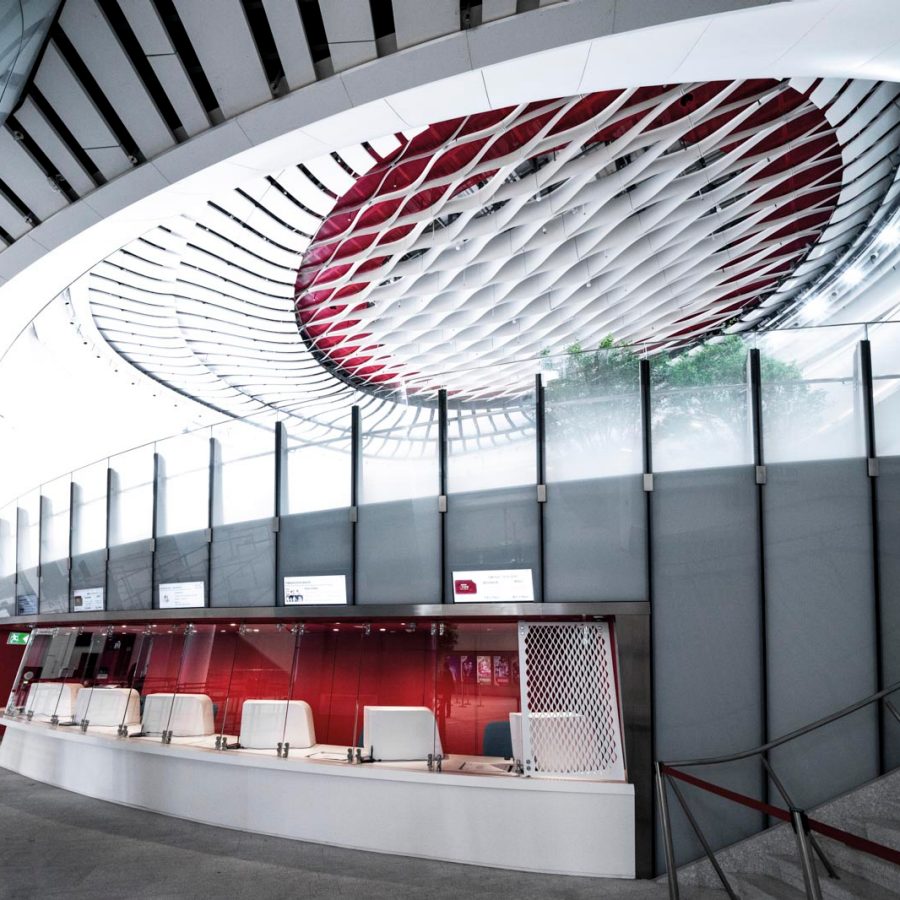
Credit: Derry Ainsworth
Just beyond the station lies the third vertex of the renaissance triangle, one that’s principally devoted to art and recreation. At present, the most tangible part of the West Kowloon Cultural District is the Art Park – a tree-lined waterside promenade that’s one of the area’s prime green lungs, and host to musical recitals, dance performances and handicraft workshops every other weekend which – with an unintentional nod to 1960s hippie culture – are dubbed Freespace Happenings .
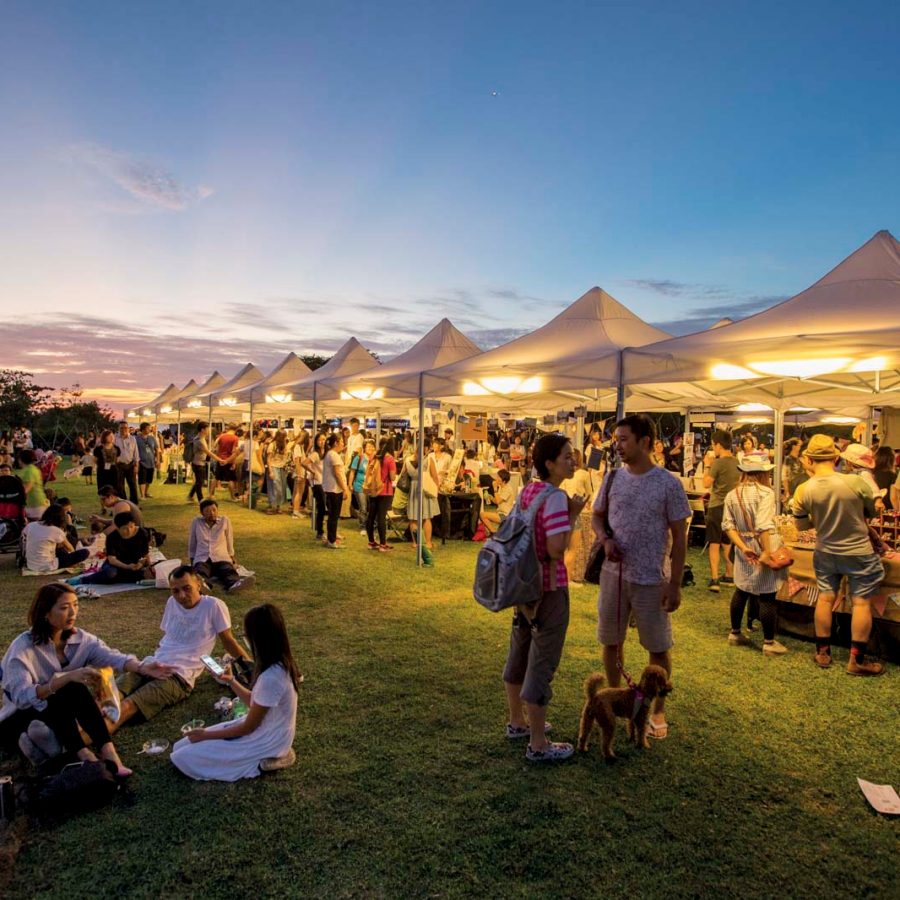
The district’s first completed major landmark, the Xiqu Centre , acts as platform for the conservation, promotion and development of Cantonese opera. And M+ promises to bridge this century and the last in its showcases of visual art, design and architecture, and moving imagery from Hong Kong, the Chinese Mainland, and further afield.
It’s not just megabucks shiny stuff that’s making waves across Tsim Sha Tsui. New restaurants are springing up in the slipstream of the major trophy projects. Prime examples are Paradise Classic with its Nanyang-style cuisine; and the Sichuanese Fu Rong , perched in the new extension to Ocean Terminal, Hong Kong’s city centre cruise ship berth.
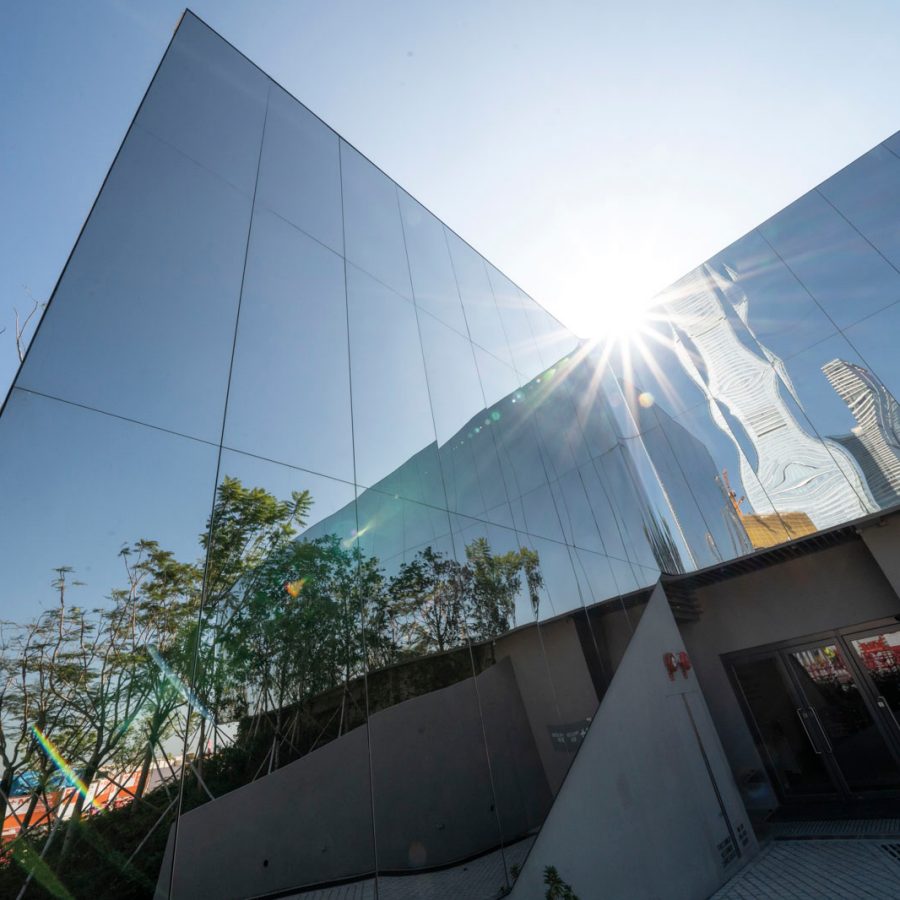
Credit: Derry Ainsworth
With his front-row view of this massive makeover, McDull would surely be impressed. Join him on the promenade this year to see for yourself.
Hero Image: Derry Ainsworth
Related stories
How The Mills is reinventing Hong Kong’s textile heritage
The best kowloon hotels
Hong Kong’s best shopping: The Sham Shui Po experience
Hong Kong travel information
- China – the Chinese Mainland, Hong Kong SAR, Macao SAR and Taiwan Region
- Hong Kong SAR - English
- Chinese Mainland (China) - English
- Taiwan, China - English
- 香港特別行政區 - 繁體中文
- 中国內地 - 简体中文
- 中國台灣 - 繁體中文
- Africa
- South Africa - English
- Asia
- Bangladesh - English
- Korea - English
- Singapore - English
- Cambodia - English
- 한국 - 한국어
- Sri Lanka - English
- India - English
- Malaysia - English
- Thailand - English
- Indonesia - English
- Maldives - English
- ประเทศไทย - ภาษาไทย
- Indonesia - Bahasa Indonesia
- Myanmar - English
- Vietnam - English
- Japan - English
- Nepal - English
- Việt Nam - tiếng Việt
- 日本 - 日本語
- Philippines - English
- Australasia
- Australia - English
- New Zealand - English